

Window Seats
Vancouver, June 2006
CopyLeft 2002-2008 Elvin K. Wyly
Except where otherwise noted, this site is
licensed under a Creative Commons Attribution 2.5 License
"Art historians and historical geographers have shown that the modern concept of landscape was born in the city -- in the cities of the European Renaissance to be exact -- and that it refers to a specific way of looking at the world, a way of situating oneself simultaneously inside and outside the frame, of arranging a composition before oneself as a viewer and surrendering oneself to the pleasures of the gaze. In Vancouver, the temptation to do just that is everywhere. There is scarcely a morning on which the view across Howe Sound from Point Grey fails to set my spine tingling. On some, the mountains soar into the sky and range themselves in serried mauves and purples and pinks into the far distance. On others, scudding clouds, cat's-paws of wind on water, and the ever-shifting grey light of winter create entirely different, yet nonetheless entrancing, tableaux. But when I think of the irony of memorializing this -- 'Beautiful British Columbia' on the license plates of thousands of automobiles -- I realize that the concept of landscape also carries implications of power, domination, and representation. The ribbons of summer haze riding against the mountains of the North Shore are wraiths of pollution; the lights twinkling in the mountain dark above the city are the illuminated signs of industrial skiing; and as Margaret Atwood has it in Cat's Eye, 'out of sight of the picture windows...you come to the land of stumps.'" Derek Gregory (1992). "Epilogue." In Graeme Wynn and Timothy Oke, eds., Vancouver and its Region. Vancouver: University of British Columbia Press, 291-297, quote from p. 292.
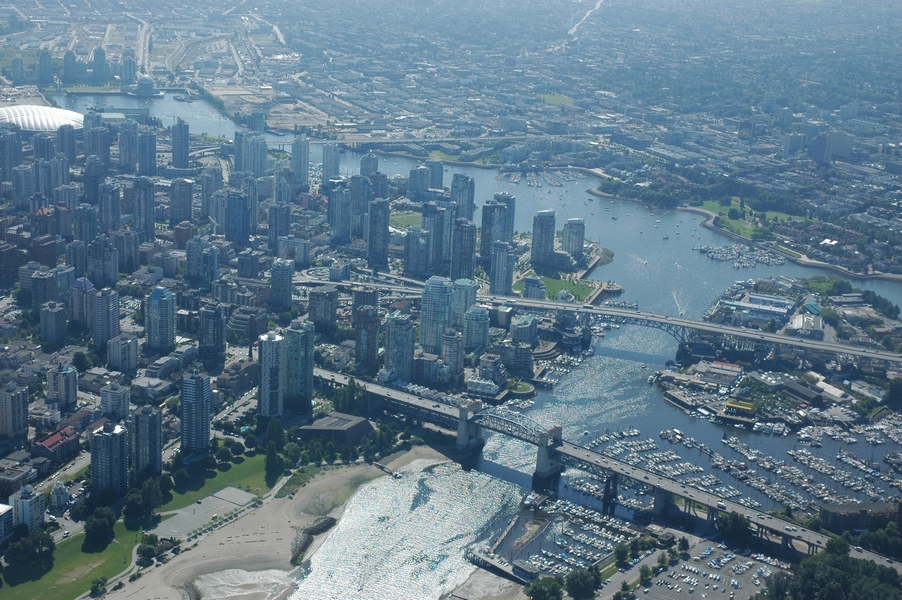 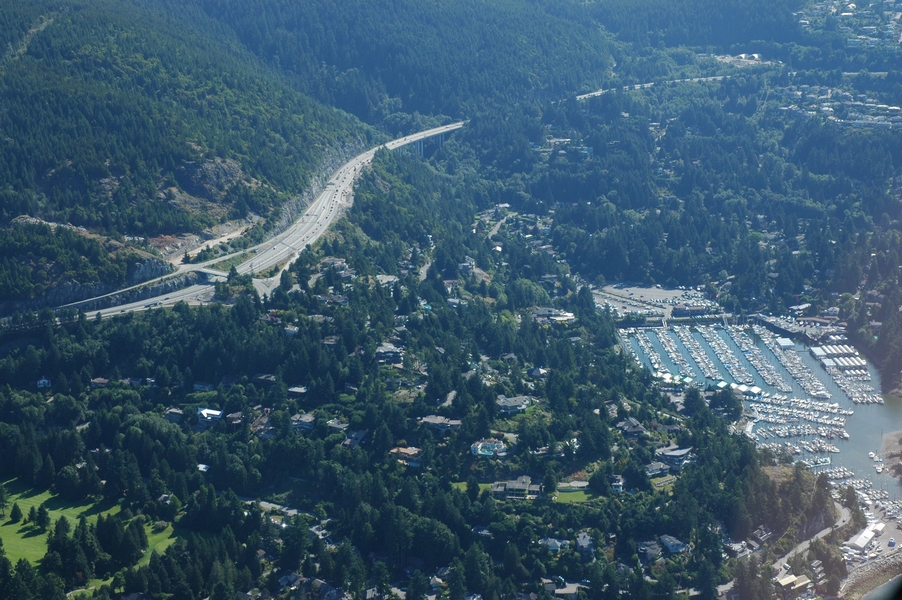 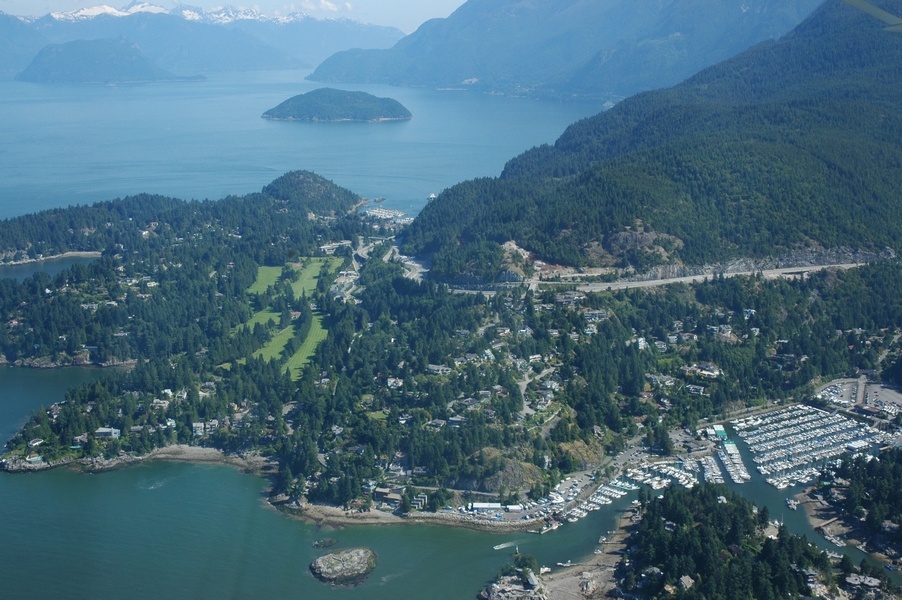 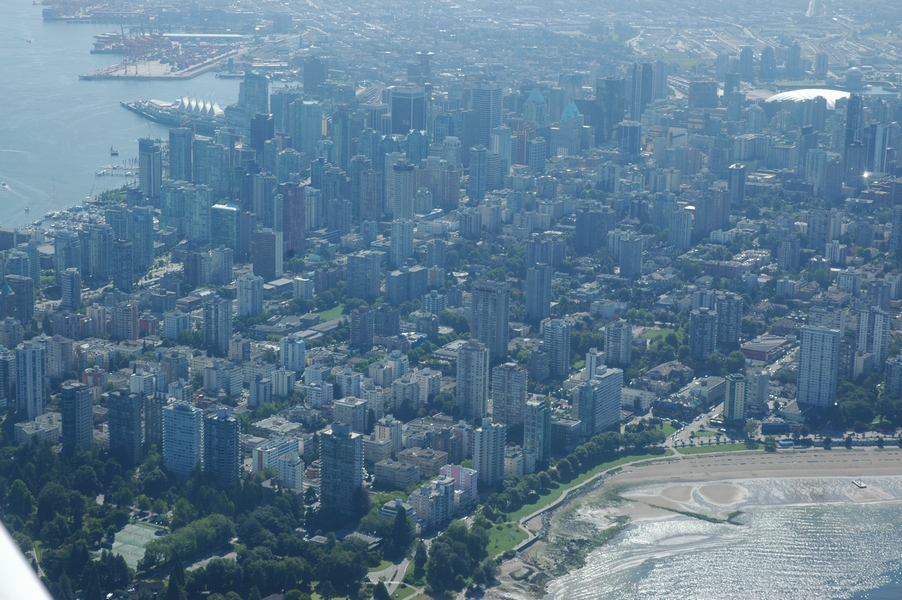 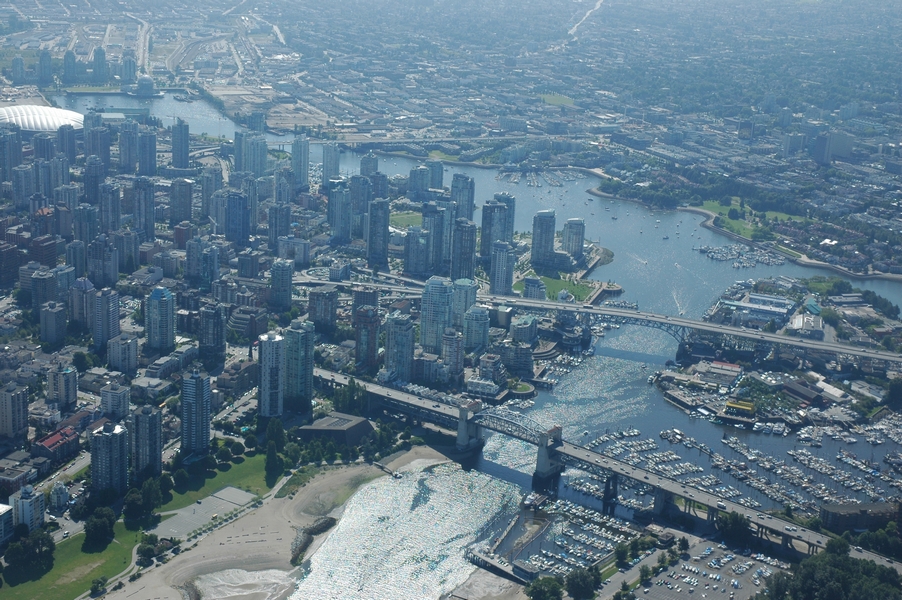 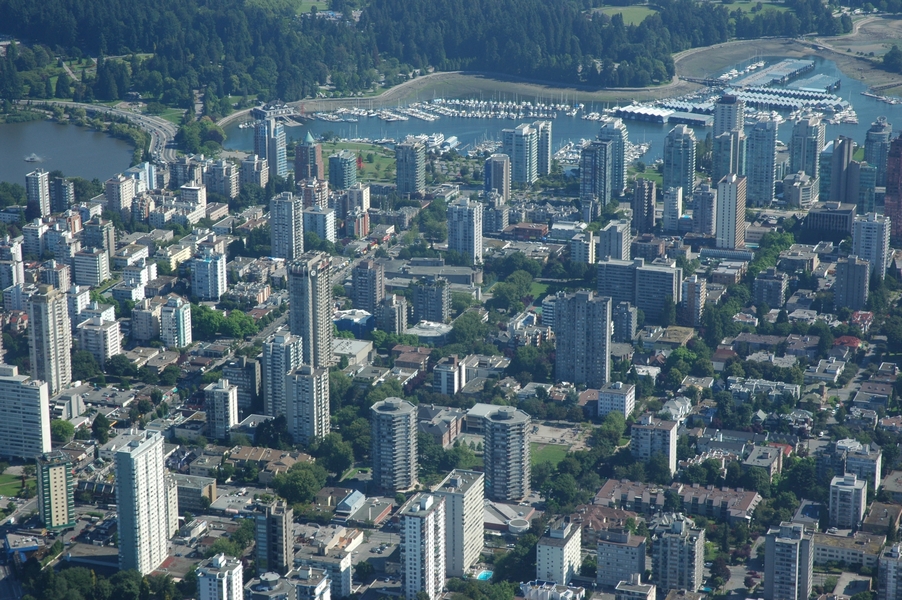 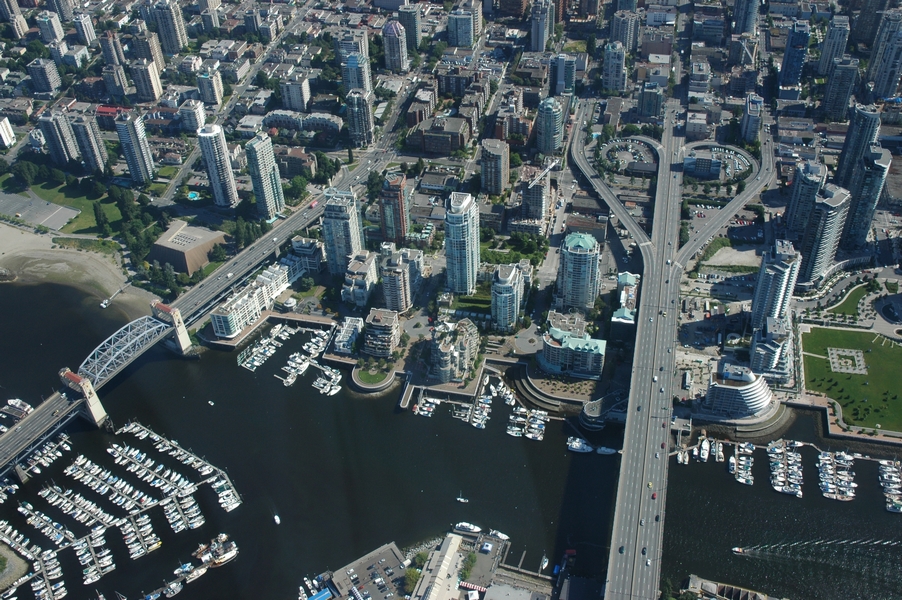  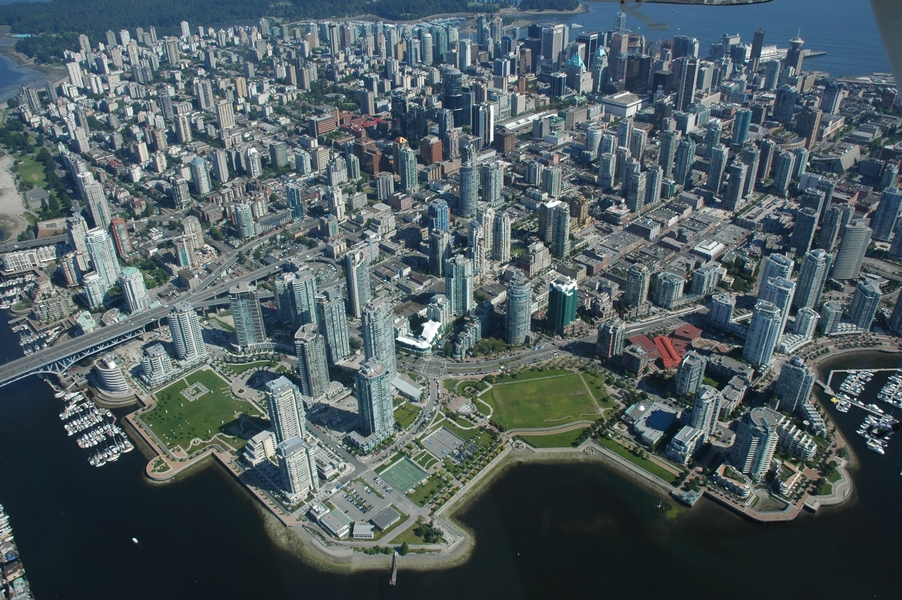 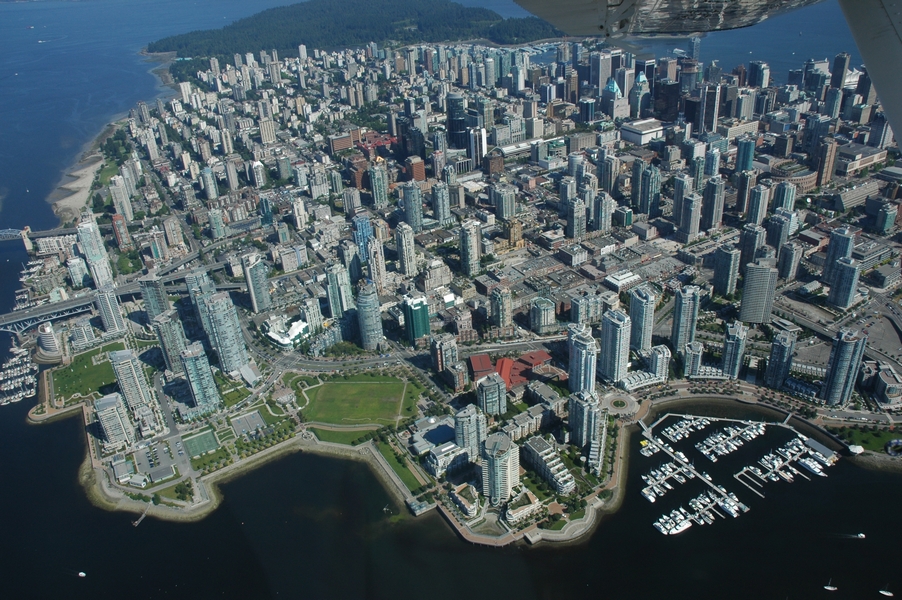 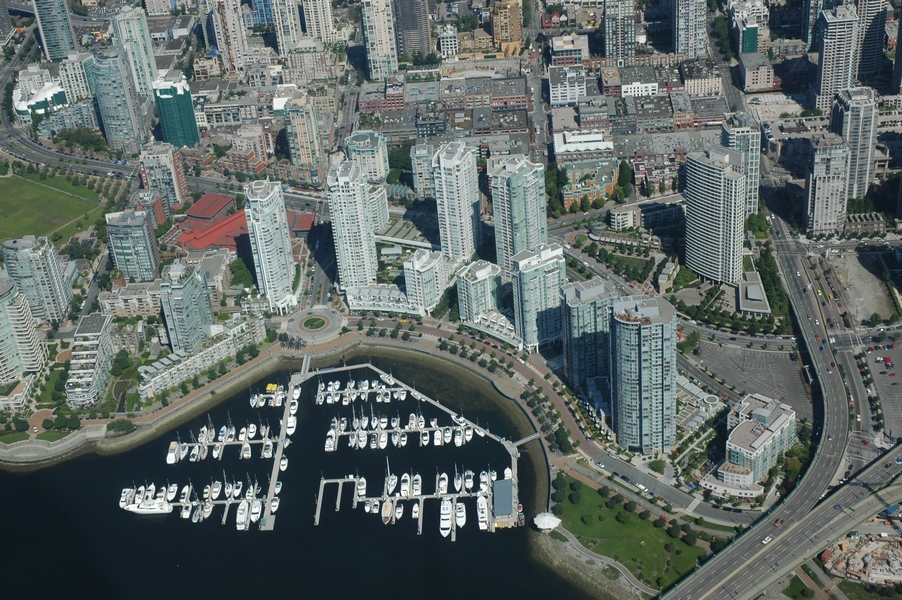 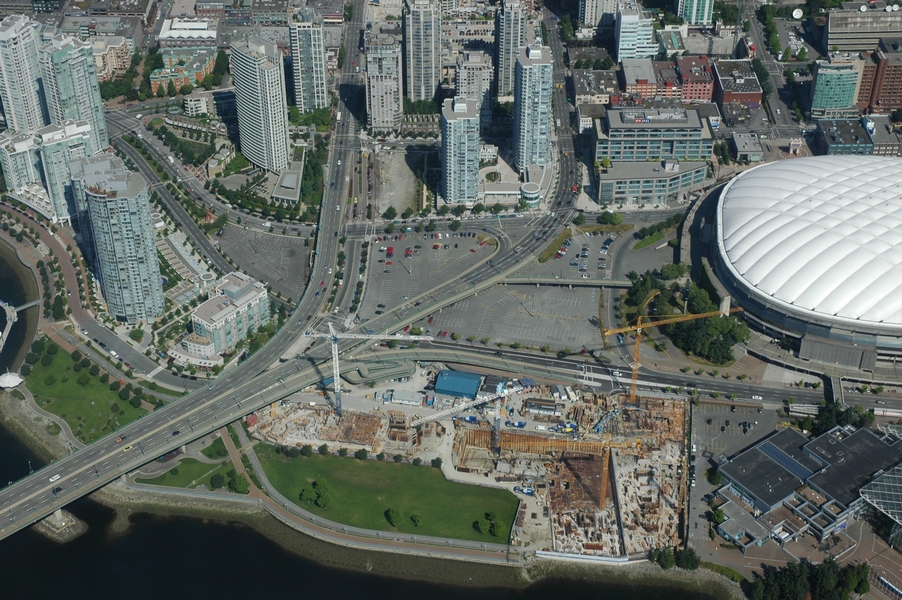 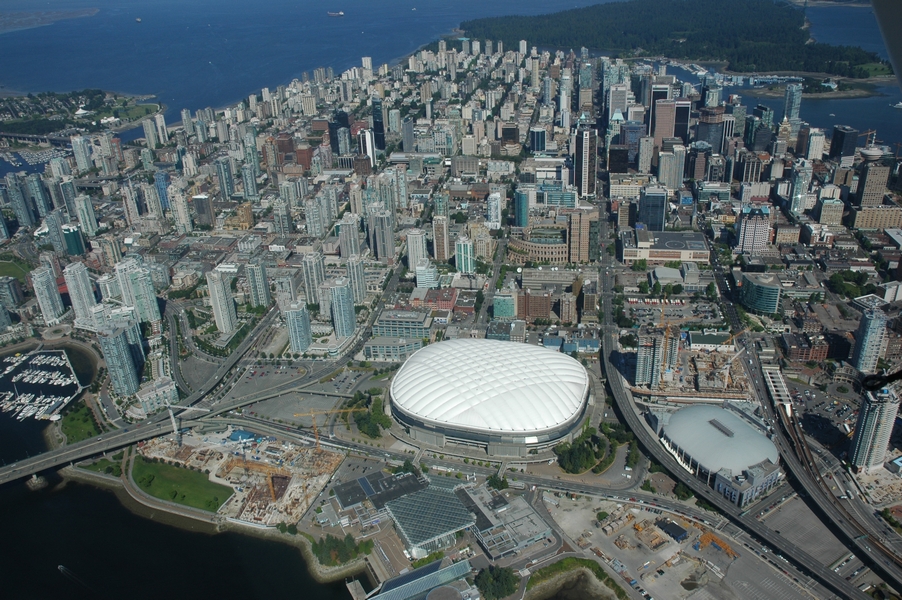 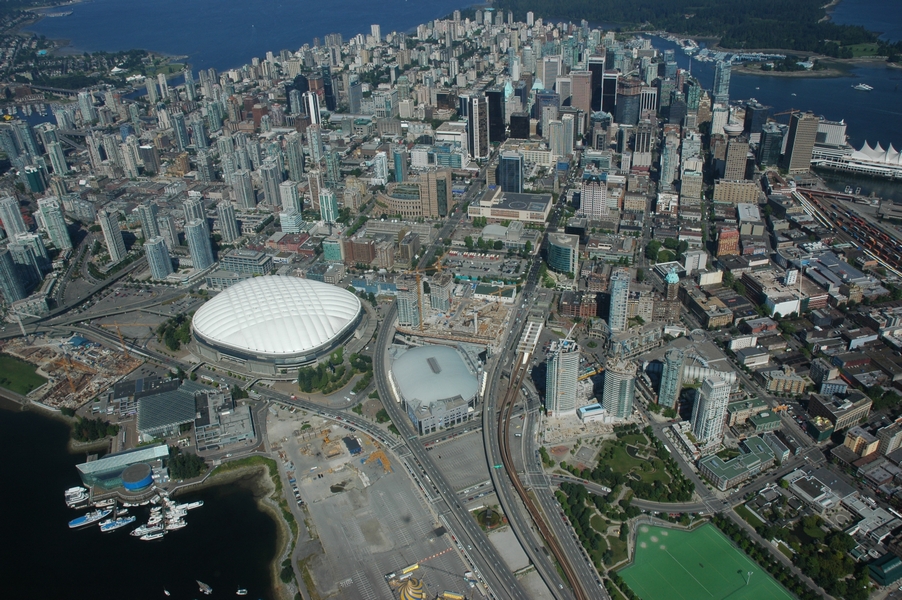 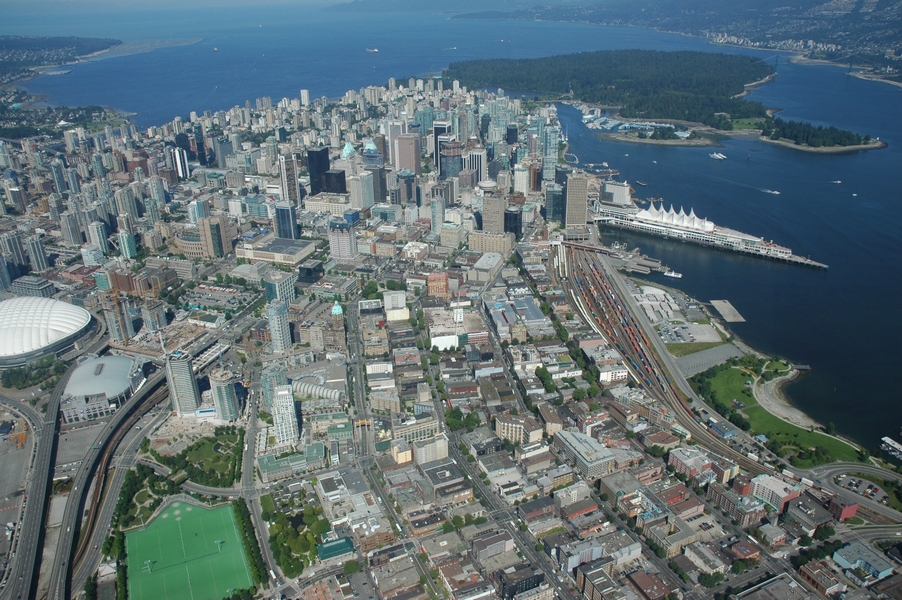 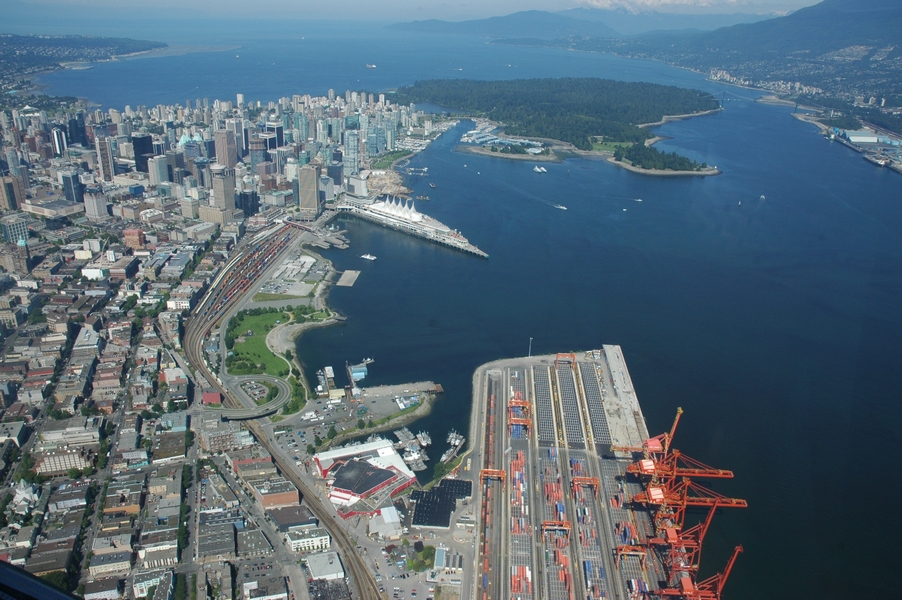 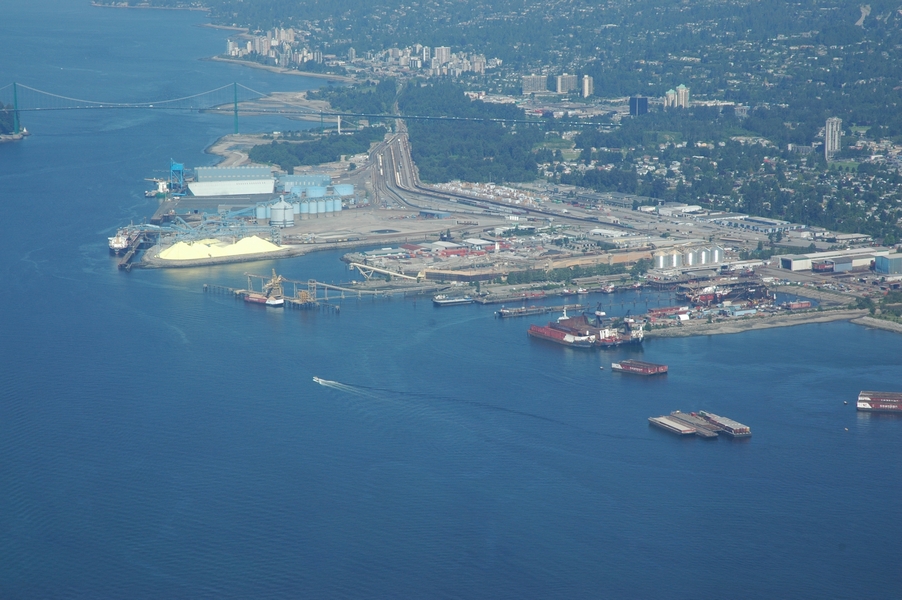 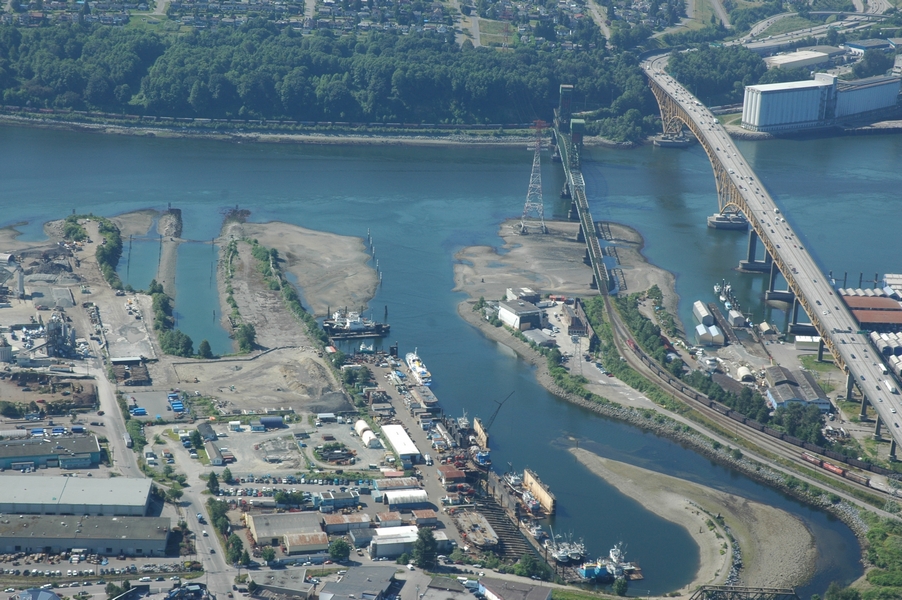 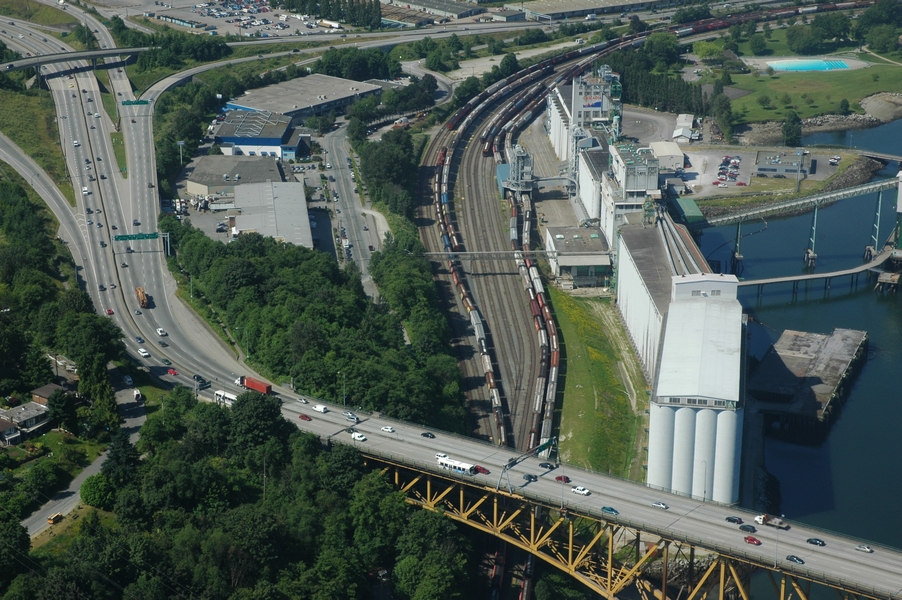 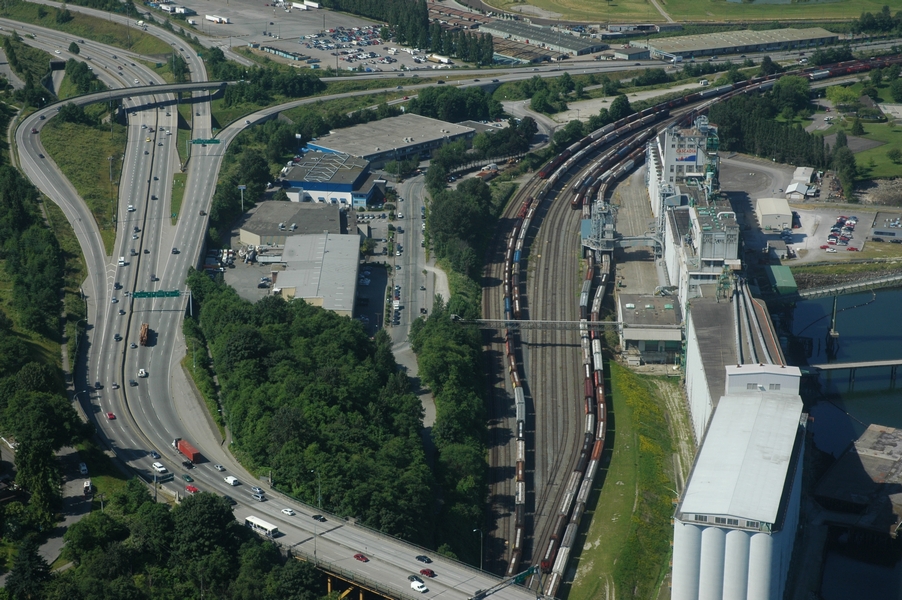 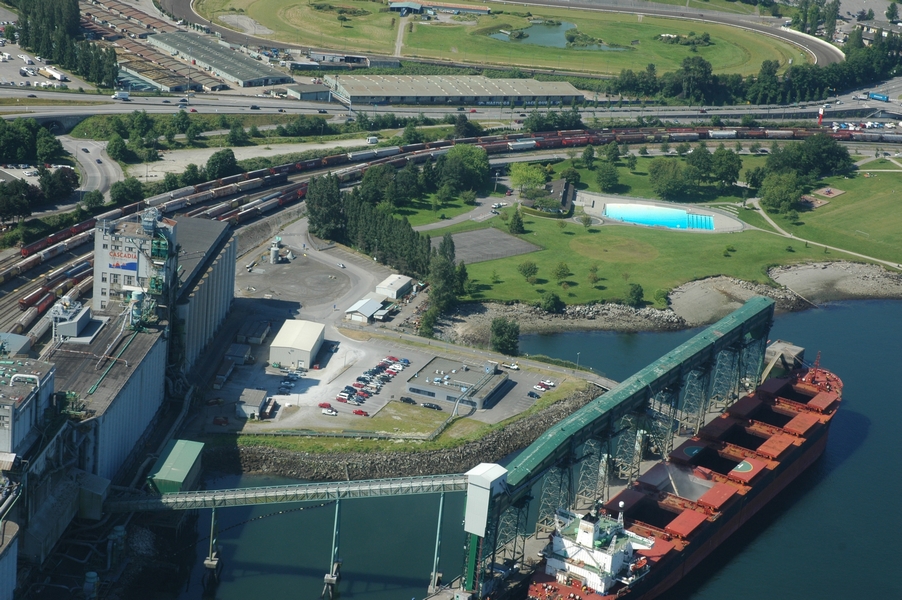 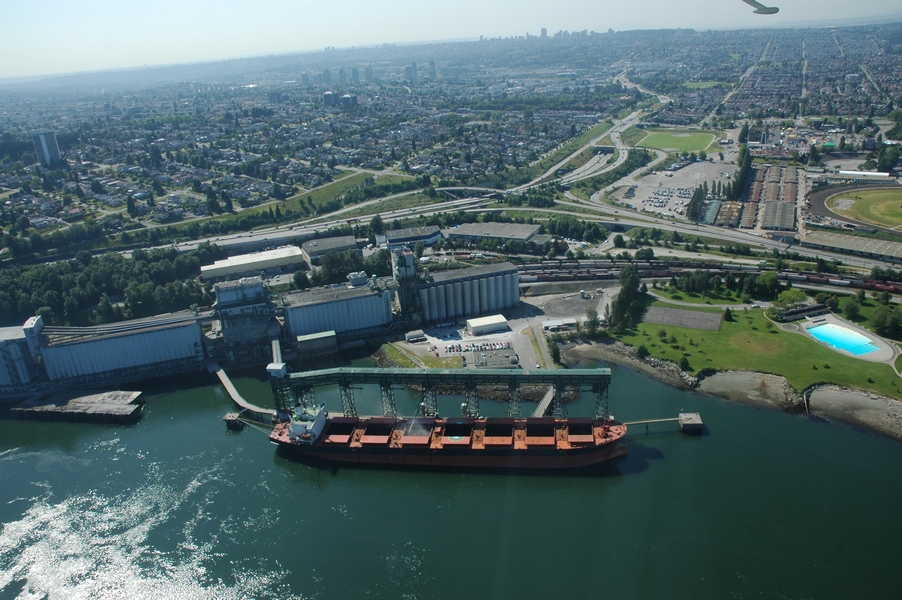 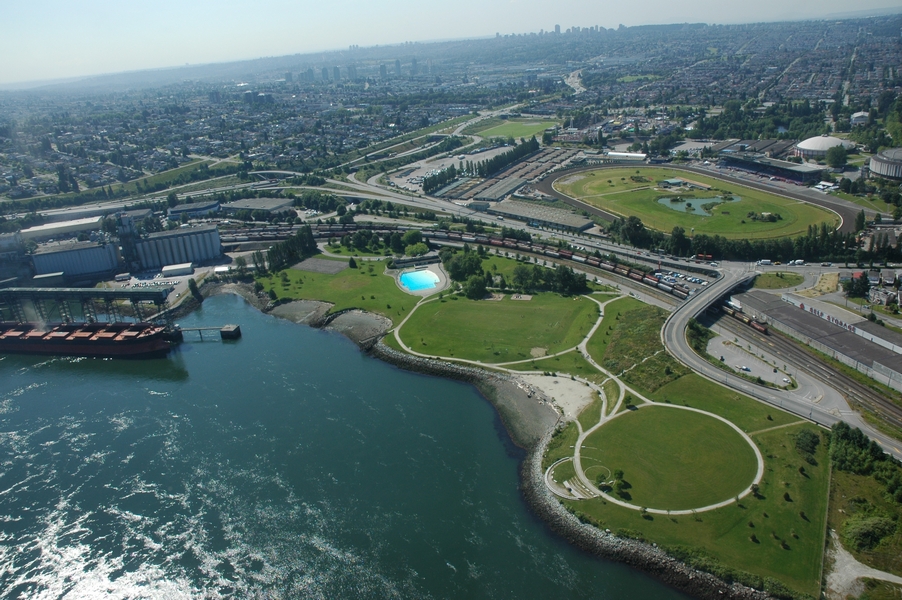 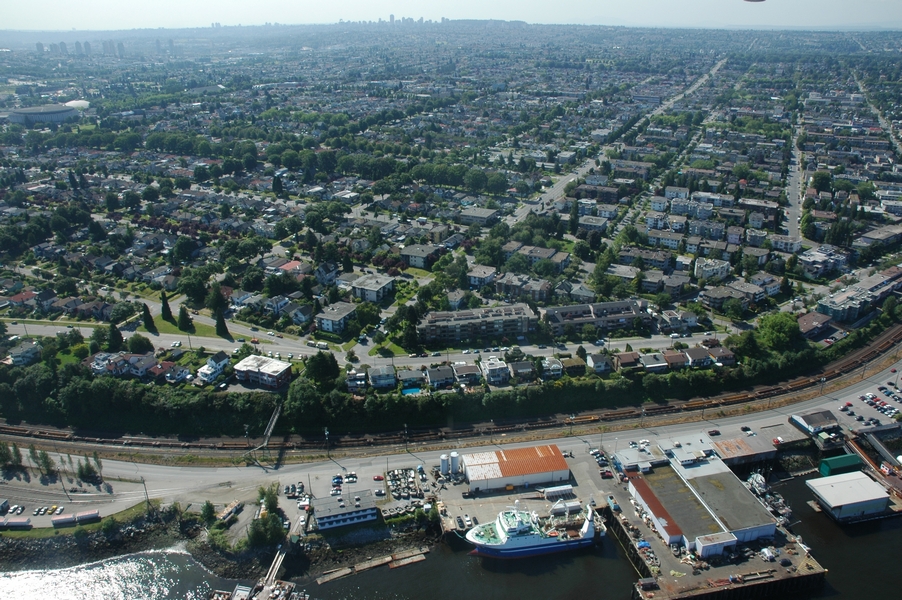 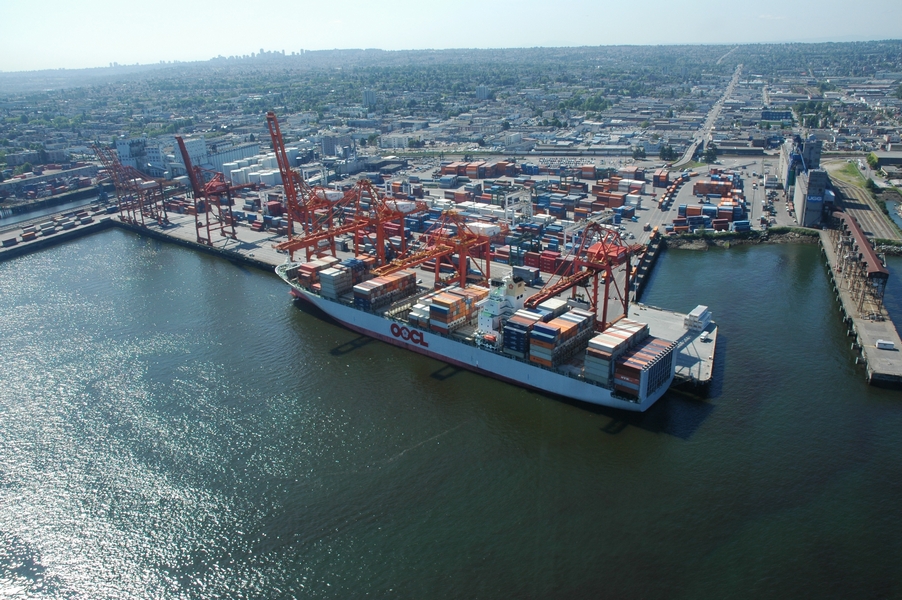  |